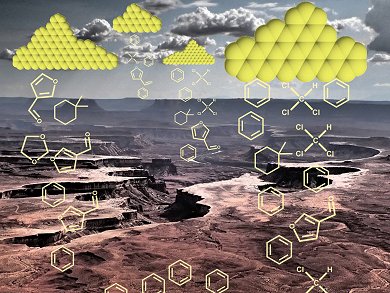Graphene has potential uses in a wide variety of applications, from use in solar cells to sensors to energy storage to biodevices. It is known that in the production process of graphene, that is, the thermal reduction/exfoliation of graphite oxide, low-molecular-weight and carcinogenic compounds are generated.
The group of Professor Martin Pumera, Nanyang Technological University, Singapore, in collaboration with a group from the Institute of Chemical Technology, Prague, Czech Republic, has found that large quantities of these compounds are re-adsorbed onto the graphene surface during the cooling process. This has important implications not only for the chemical properties of the material, but also for the potential cancer risks. Their careful evaluation of the compositions of the organic compounds adsorbed onto the graphene surface represents a useful tool to better understand the mechanism of the exfoliation of graphite oxide at high temperature.
Their future research will look at how to remove such compounds from the graphene surface to provide a well-defined graphene material with known structural and chemical composition that is free of contaminants.
- Carcinogenic Organic Residual Compounds Readsorbed on Thermally Reduced Graphene Materials are Released at Low Temperature,
A. Ambrosi, G. K. S. Wong, R.D. Webster, Z. Sofer, M. Pumera,
Chem. Eur. J. 2013.
DOI: 10.1002/chem.201302413




